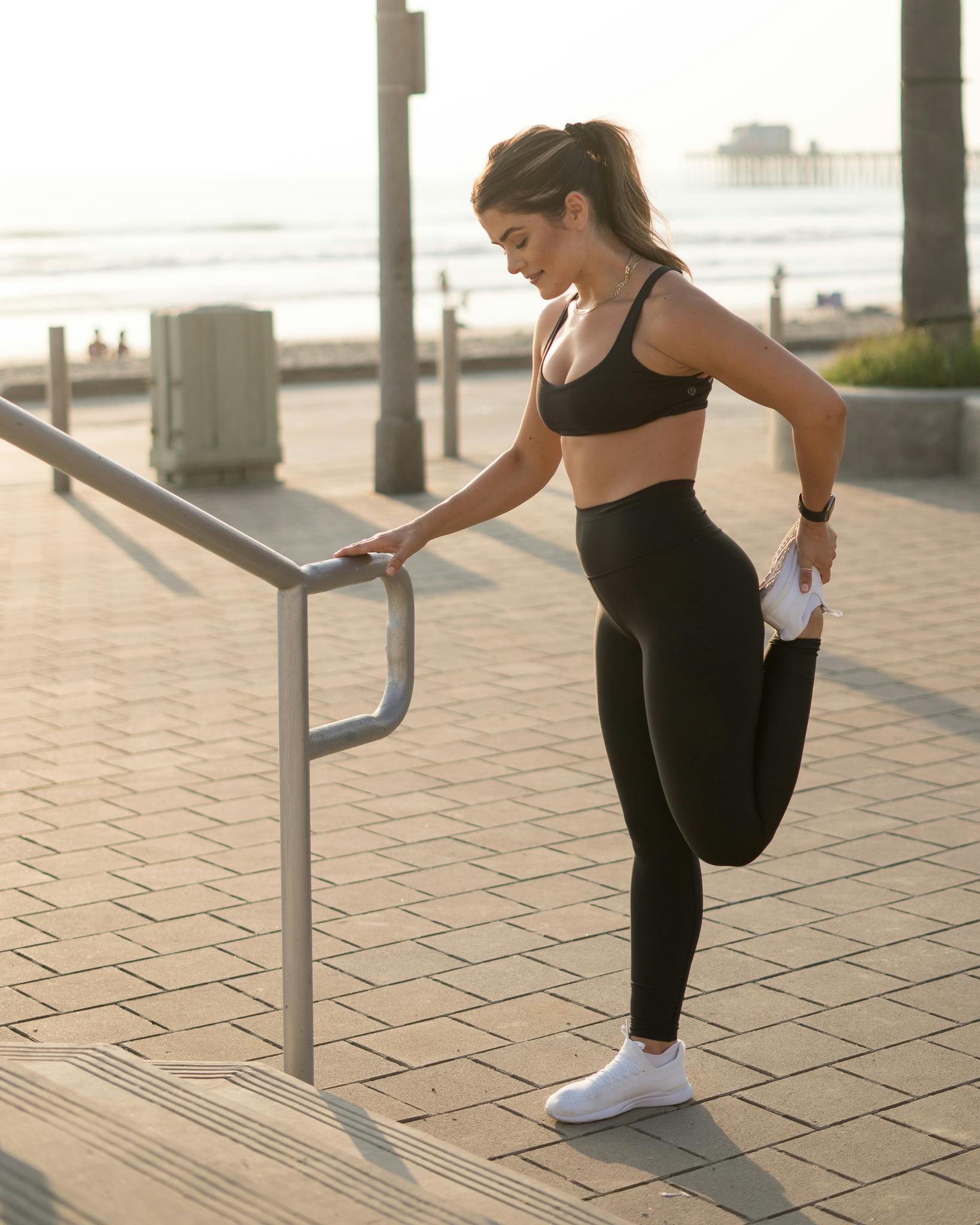
Easy Does It: Exercise That’s Easy on the Joints
TJ Ferrara
over 2 years ago
Have you found yourself noticing your joints more than you used to? You’re not alone. As we age and cartilage breaks down, we become more susceptible to joint pain and arthritis. This is especially true if you spent your younger years playing high-impact sports. As time finally catches up to us, this may affect how we work out. But this doesn’t have to be a bad thing! Taking care of our joints through exercise will keep us moving for longer and stronger.
What causes joint pain
There is no one cause of joint pain. Simply put, it just comes down to use. Other causes include arthritis, gout, strains, spasms, and injury. If you experience joint pain you are one of the nearly 30 percent of Americans who will report experiencing joint pain in the next 30 days. We all grew up with one relative complaining about their knee or hip, so it's no surprise that that pain is the most common, followed by the shoulder. This makes sense, given our daily need to walk and lift things. But any joint can experience pain, especially if it has been overworked through repetitive motion.
How to prevent joint pain
If you’re like us, you probably enjoy sports and working out. However, age eventually gets to everyone, and even the toughest athletes can fall victim to their own sport. Why? Many sports and exercises are considered high impact. High-impact means exactly what it says: it is a movement that puts a lot of stress of impact on your joints. Think jumping, pounding, hitting, and so on. These movements make up a lot of exercises, including just our foot hitting the ground as we run. But this doesn’t mean we should stop. Exercise can hurt your joints...but so can not exercising. So how does that work? Your body needs exercise for more reasons than we could ever address in this article, but the bottom line here is that it strengthens your muscles. When your muscles are strong they carry some of the weight that would otherwise be loaded on your joints. That's why physical therapists have their patients work on strengthening the muscles around the joint that is giving them trouble.
Exercise caution
Some exercise (we are looking at you high-impact sports) is harder on joints. Your joints also suffer when you use poor form. Squatting, deep lunges, and running, while generally riskier, are not bad for you--in fact, they are great ways of strengthening the legs. However, they are tricky because when done incorrectly, they can put a lot of stress on your joints, especially in the knees. So what should you do? You don’t have to cut out these exercises or your favorite sports completely. Instead, balance them with low-impact activities and make sure you are performing them well. Have someone spot you or work with a personal trainer until you are confident that you aren’t overloading your joints when you work out.
What are low-impact exercises?
One easy way to distinguish low-impact from high-impact exercise is to look at your feet: do you have at least one foot on the ground? It’s probably low-impact. Do both feet leave the ground at the same time? High-impact. Sometimes low-impact exercise gets a bad rep for being easy, but that's just not the case. You can get a great workout that's high intensity while still taking care of your joints.
Walk it off
Did you get your steps in today? While the target number of 10,000 steps per day was originally a marketing strategy, it's not a bad idea to get walking. The average American only walks 3000 to 4000 steps per day, and studies have found that walking closer to 7500 steps is associated with a lower mortality rate. Walking is a great low-intensity, low-impact workout. There are ways of upping the intensity
•
Use weights
•
Find a place with hills
•
Up your pace
•
Increase your distance
A 30-minute walk can burn anywhere from 150-200 calories. Just walking is also one of the most effective ways for older people to maintain bone density and muscle mass.
Swimming
Watching swimmers compete at the Olympics makes swimming seem like an intense sport--and it can be! But despite being as intense as you want it to be, swimming is notably low-impact because you are cushioned by water. Swimming is easy on the joints while giving you a great cardiovascular workout, strengthening the vascular system, and strengthening all the major muscle groups.
Cycling
If you are looking for a sport that’s high intensity but low impact, look no further than cycling. Cycling limits stress on joints in the hips and the knees while also using all the major muscles in your legs as you pedal, strengthening the glutes, hamstrings, and even calves. Cycling can be done in the gym on a stationary bike, but it is also a great way to get outside and enjoy nature or your city.
Elliptical
The elliptical is a great alternative to the treadmill if you are looking for low-impact exercises while in the gym. The elliptical mimics motions of running without your feet pounding the pavement.
Give it a stretch
When working out, it is important to stretch to prevent further injury and stress. Yoga, which promotes joint flexibility and strength, can reduce joint pain in people with arthritis.
Give your joints what they need
Your joints are cushioned by cartilage, which breaks down with age and use. Exercising well is one way of keeping your joints healthy. But what if we could slow down that breakdown altogether? This is where collagen, the protein that builds cartilage, comes into play. A study of athletes found that taking a collagen supplement led to less joint pain and deterioration. BUBS Naturals Collagen is NSF certified for athletes and comes flavorless and ready to be mixed into your favorite recipes.